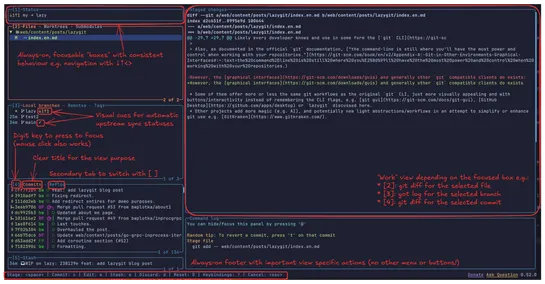🚗🔒 Automotive Cybersecurity: Connected Cars, Connected Risks
Modern vehicles are no longer just machines — they’re connected devices storing data, running AI-driven assistants, and linked to vast supply chains. But with innovation comes new threats: from remote car hacking to ransomware attacks targeting manufacturing lines. Recent incidents — like the cybera..











